
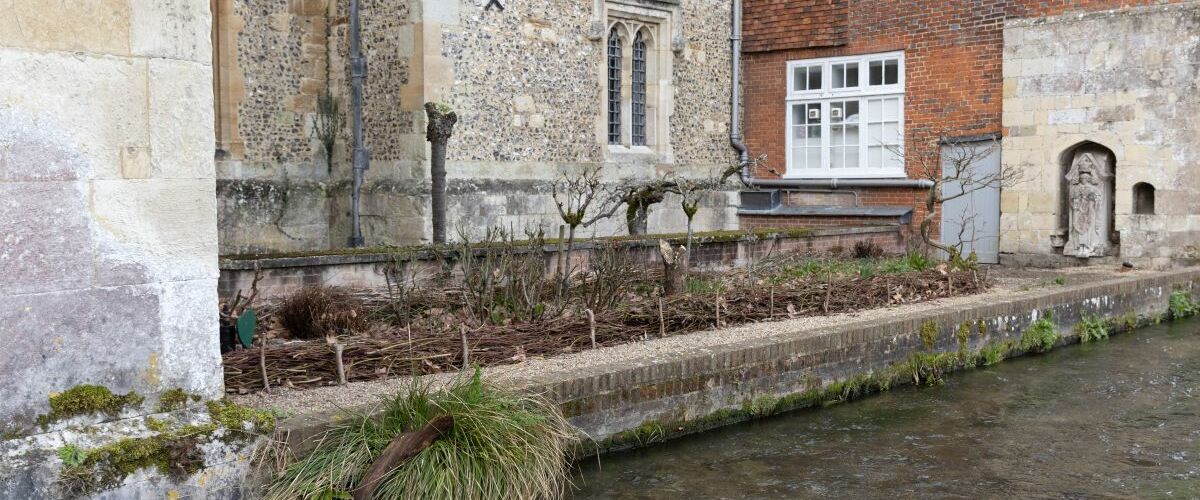
Taking Cues from Nature
The College is very fortunate to be located in a beautiful setting, surrounded by diverse plant life and wildlife. The responsibility, as custodians of this land, is one the College takes seriously, and this year, the Gardening team has embarked on a new approach to this stewardship.
Installing Green Hearts
Across the campus, certain sites have been marked with a green heart to show areas where we not only continue to look after our existing wildlife, but also are actively encouraging greater biodiversity within the College.
Driven in part by the changing climate conditions we are witnessing, this new approach will see the gardners take their cues from nature and use these to guide many of our working practices.
A new approach
Some of these cues can already be seen around the grounds. Some of the lime trees are showing signs of stress, for example, so will not undergo their annual pruning to give them a longer chance to recover.
Across the grounds, seed heads will be left to fall off - or be collected by birds - and herbaceous plants will be allowed to compost completely in the borders, until new growth appears, giving plants and insects protection.
Wildlife
To attract wildlife in to the College, fallen branches and twigs are being used to build logs piles for creatures, not only for protection, but as a place to call home. Other materials that would have been discarded previously, are now left in places accessible to birds to use as bedding. Bug hotels and bird feeders have also been placed around the campus.
Vegetation and fallen leaves will also be left to provide shelter and food for over wintering insects.
Plant life
For plants and trees where cutting and pruning is suitable, the removed material is now being composted and reused wherever possible. For example, lime tree cuttings are now being used as dead hedges for wildlife in the Warden’s Garden. Similarly, the prunings of the 123-year-old wisteria and nearby trees are now being used for a new dead hedge built on the Maze Lawn.
Part of the cycle
Where these cuttings would have previously been disposed of off-site, they are now chipped, left to degrade and finally sieved to create compost that is used across the grounds to facilitate new plant growth, improve soil quality, while also reducing our garden waste and carbon footprint. Five compost bins have been built across the campus, with more planned for the future.
The Gardening team will continue to add green heart sites throughout the year and beyond.

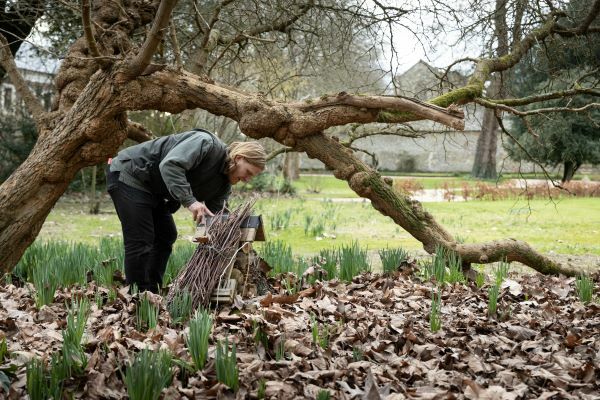
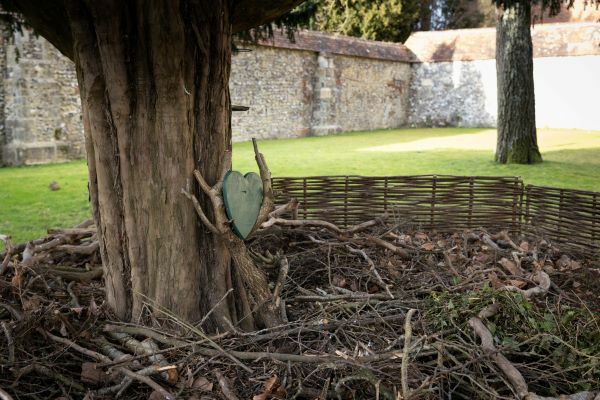
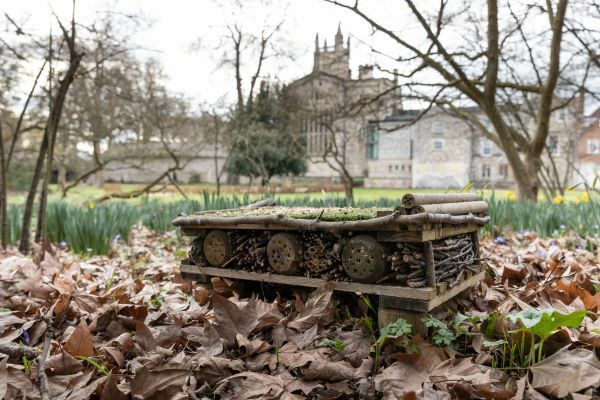
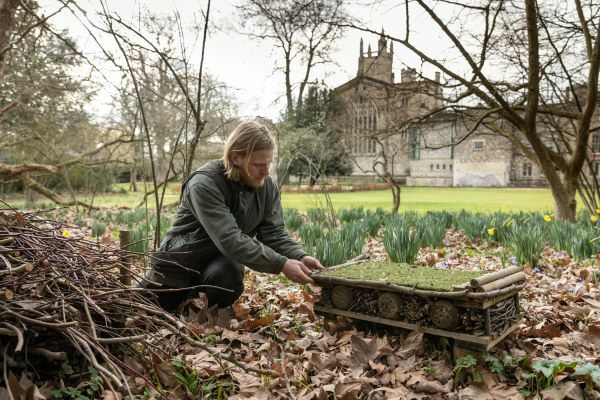
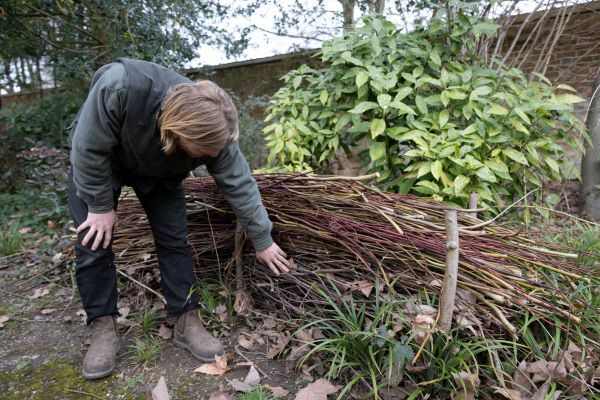
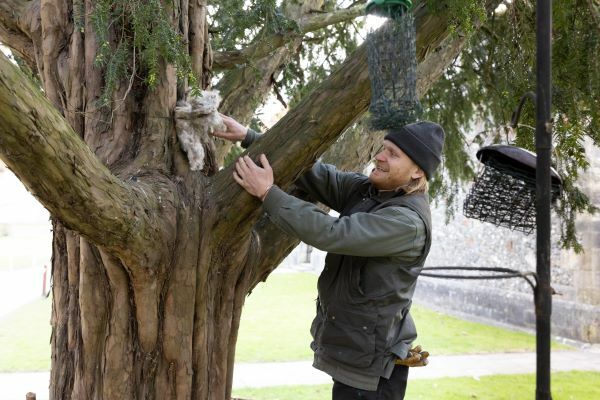
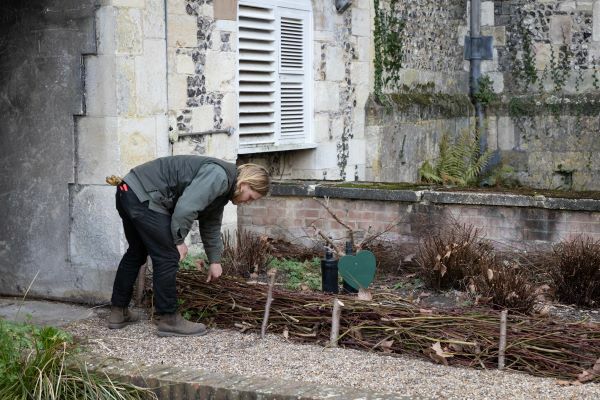
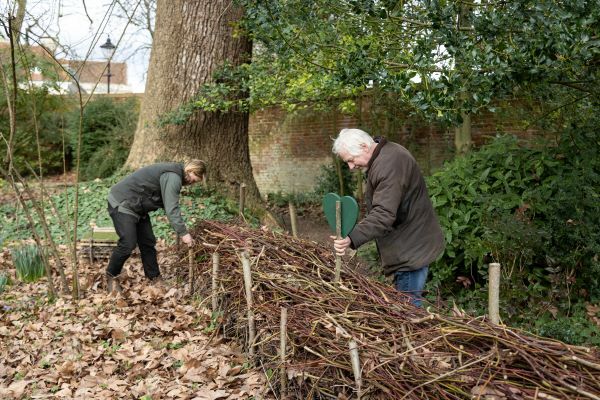
 Head back to stories
Head back to stories